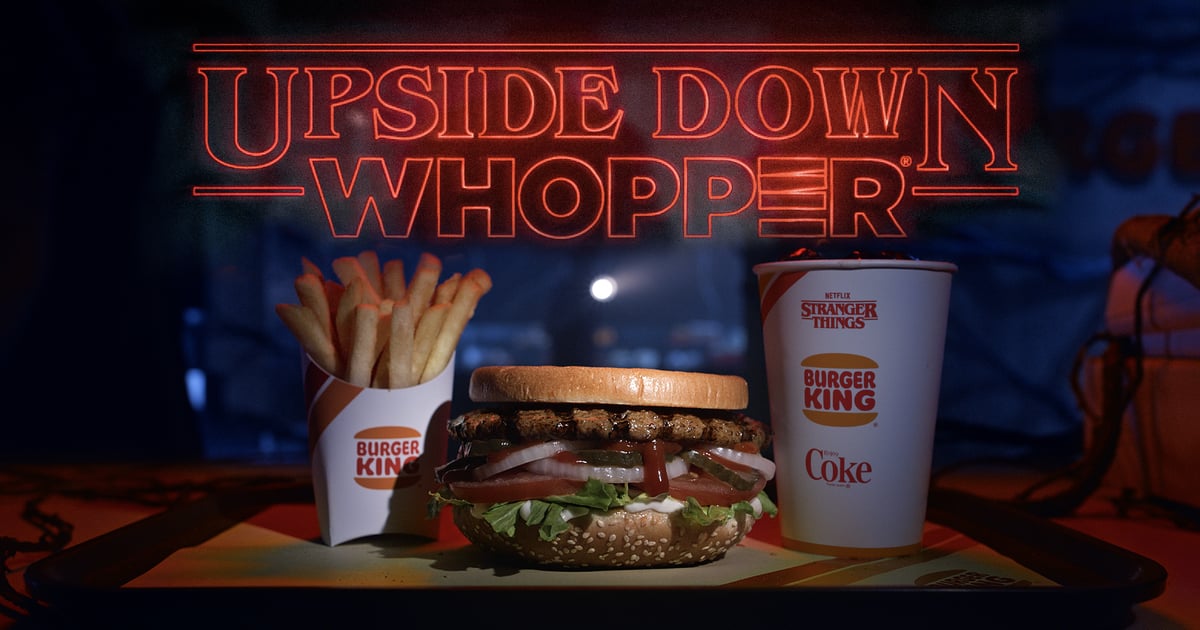Stephen King On Stranger Things And IT: A Side-by-Side Look

Table of Contents
Shared Thematic Elements: Childhood Trauma and the Power of Friendship
Both IT and Stranger Things delve deep into the devastating impact of childhood trauma and the vital role of friendship in overcoming adversity. The protagonists in both narratives are shaped by their experiences, forging strong bonds that help them confront their fears.
- The impact of traumatic experiences on the protagonists' development: Bill Denbrough's stuttering in IT, stemming from his brother's death, mirrors the emotional scars carried by Eleven in Stranger Things, resulting from her traumatic experiences at Hawkins National Laboratory. These experiences fuel their determination to fight the evils they encounter.
- The importance of friendship and loyalty in overcoming fear and adversity: The Loser Club in IT and the Stranger Things gang demonstrate the power of collective strength. Their loyalty and unwavering support for each other are crucial in facing Pennywise and the Mind Flayer, respectively. Their friendships become their greatest weapon against the horrors they face.
- Examples of specific traumatic events: Georgie Denbrough's horrific encounter with Pennywise serves as a catalyst for the entire IT narrative, while Eleven's experimentation and isolation in Hawkins Lab fuel her journey in Stranger Things. These events leave lasting impacts, shaping their personalities and motivations.
Nostalgia and the power of childhood memories are also interwoven throughout both narratives, highlighting the innocence lost and the resilience found in facing one's past. The seemingly idyllic settings of Derry and Hawkins belie a deep-seated darkness, enhancing the horror and suspense. The writers skillfully use these elements to heighten the emotional impact of the stories.
Character Archetypes: The Loser Club and the Stranger Things Gang
A striking similarity lies in the character archetypes employed in both IT and Stranger Things. While the specifics differ, the underlying roles resonate across both narratives.
- The outcast/leader figure: Bill Denbrough in IT and Mike Wheeler in Stranger Things both embody leadership, guiding their respective groups despite their own vulnerabilities.
- The brave but vulnerable character: Beverly Marsh in IT and Eleven in Stranger Things showcase bravery in the face of overwhelming odds, but also possess a deep-seated vulnerability born from their traumatic pasts.
- The comic relief character: Richie Tozier in IT and Dustin Henderson in Stranger Things provide much-needed levity, offering moments of humor amidst the darkness.
These archetypes contribute significantly to the narrative structure, offering relatable characters and enhancing the emotional impact of the stories. Their growth and development throughout their respective journeys add depth and complexity to the overall narrative. The Stephen King Stranger Things IT comparison highlights the effectiveness of these archetypal characters in storytelling.
Atmospheric Similarities: Small-Town Horror and the Supernatural
Both Derry and Hawkins, the small-town settings of IT and Stranger Things, exude a palpable sense of unease and isolation. This shared atmosphere significantly contributes to the horror and suspense.
- The sense of isolation and unease: Both towns feel secluded and shrouded in mystery, fostering a feeling of being trapped and vulnerable. The idyllic exteriors mask a sinister underbelly, creating a potent sense of dread.
- The use of atmospheric descriptions: Both narratives masterfully use descriptive language to create a sense of suspense and dread, painting vivid pictures of the unsettling environments.
- The contrast between the seemingly idyllic surface and the underlying darkness: This stark contrast amplifies the horror, making the supernatural elements all the more terrifying. The juxtaposition creates a chilling effect, enhancing the overall impact.
The supernatural elements in both stories are equally captivating. The terrifying Pennywise and the menacing Mind Flayer, while distinctly different, serve as potent symbols of childhood fears and the encroaching darkness. The effective use of sound and visuals, common to both works, further contributes to the overall sense of dread and unease.
King's Influence: Direct and Indirect References
The influence of Stephen King on Stranger Things is undeniable, ranging from direct references to subtle thematic echoes.
- Easter eggs and subtle nods to King's other works: The Duffer Brothers have subtly incorporated references to King's other works, rewarding attentive viewers with these Easter eggs.
- The use of King's signature themes and motifs: The exploration of childhood trauma, small-town secrets, and the power of friendship are all hallmarks of King's writing, prominently featured in Stranger Things.
- The influence of King's writing style on the Duffer Brothers' storytelling: The narrative structure, character development, and atmospheric descriptions all bear the imprint of King's distinctive style.
Stranger Things builds upon King's legacy, demonstrating the enduring impact of his work on the horror genre while simultaneously forging its own unique identity. The show pays homage to King without being derivative, showcasing the power of inspiration and creative evolution.
Conclusion
This Stephen King Stranger Things IT comparison reveals striking similarities between these two iconic works of horror. From shared thematic concerns of childhood trauma and friendship to the use of similar character archetypes and atmospheric techniques, the influence of Stephen King on Stranger Things is profound. Both narratives explore the darkness that can lurk beneath the surface of seemingly idyllic small towns, creating a compelling sense of dread and suspense.
Delve deeper into the fascinating connection between Stephen King, IT, and Stranger Things. Explore more articles comparing other works inspired by the master of horror, and discover the enduring legacy of his influence on modern storytelling by searching for more articles on "Stephen King Stranger Things IT comparison."

Featured Posts
-
 Summer Walkers Near Fatal Childbirth Experience
May 09, 2025
Summer Walkers Near Fatal Childbirth Experience
May 09, 2025 -
 From 3 000 Babysitter To 3 600 Daycare A Fathers Financial Struggle
May 09, 2025
From 3 000 Babysitter To 3 600 Daycare A Fathers Financial Struggle
May 09, 2025 -
 1078 2025
May 09, 2025
1078 2025
May 09, 2025 -
 Solve The Nyt Spelling Bee April 4 2025 Hints And Strategies
May 09, 2025
Solve The Nyt Spelling Bee April 4 2025 Hints And Strategies
May 09, 2025 -
 Edmonton Oilers Comeback Victory Evens Series With Los Angeles Kings
May 09, 2025
Edmonton Oilers Comeback Victory Evens Series With Los Angeles Kings
May 09, 2025
Latest Posts
-
 Proposed Uk Restrictions On Student Visas From High Risk Asylum Countries
May 09, 2025
Proposed Uk Restrictions On Student Visas From High Risk Asylum Countries
May 09, 2025 -
 Nigeria Pakistan Face Uk Visa Restrictions Impact On Travel And Immigration
May 09, 2025
Nigeria Pakistan Face Uk Visa Restrictions Impact On Travel And Immigration
May 09, 2025 -
 Uk To Restrict Student Visas Impact On Asylum Seekers
May 09, 2025
Uk To Restrict Student Visas Impact On Asylum Seekers
May 09, 2025 -
 Uk Visa Restrictions Impact On Pakistan Nigeria And Sri Lanka
May 09, 2025
Uk Visa Restrictions Impact On Pakistan Nigeria And Sri Lanka
May 09, 2025 -
 Asylum Seekers From Three Countries Face Uk Crackdown
May 09, 2025
Asylum Seekers From Three Countries Face Uk Crackdown
May 09, 2025
